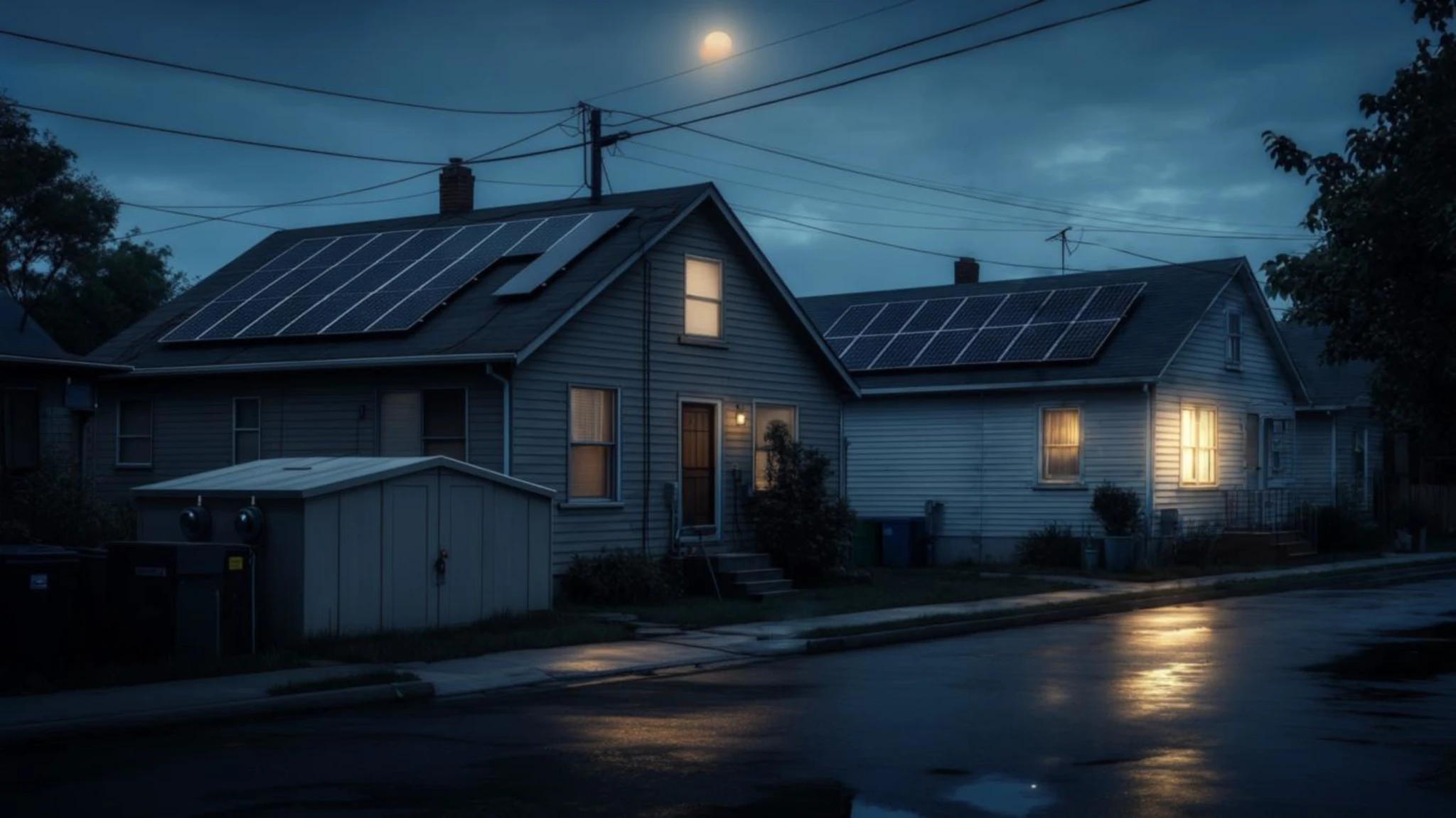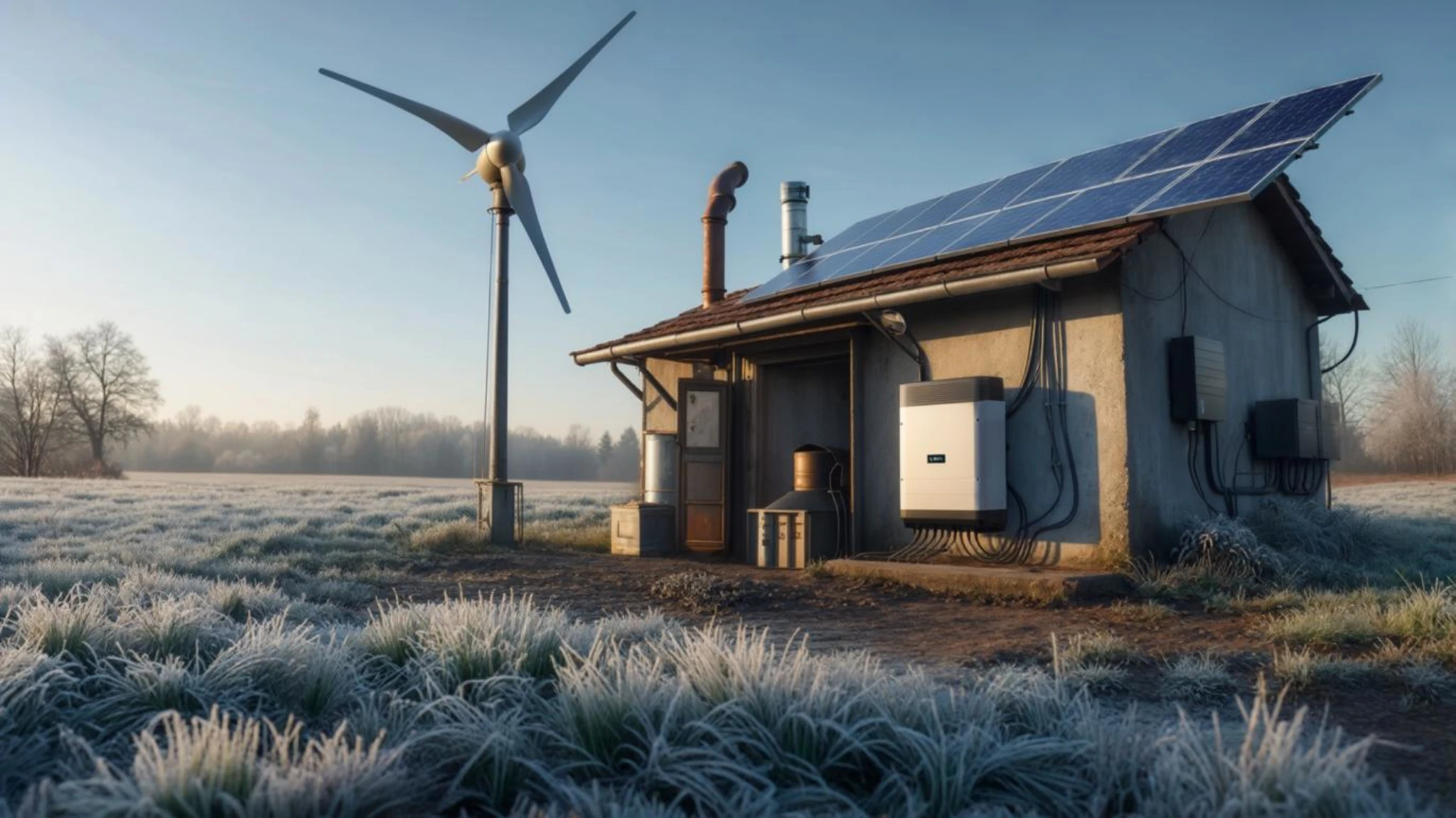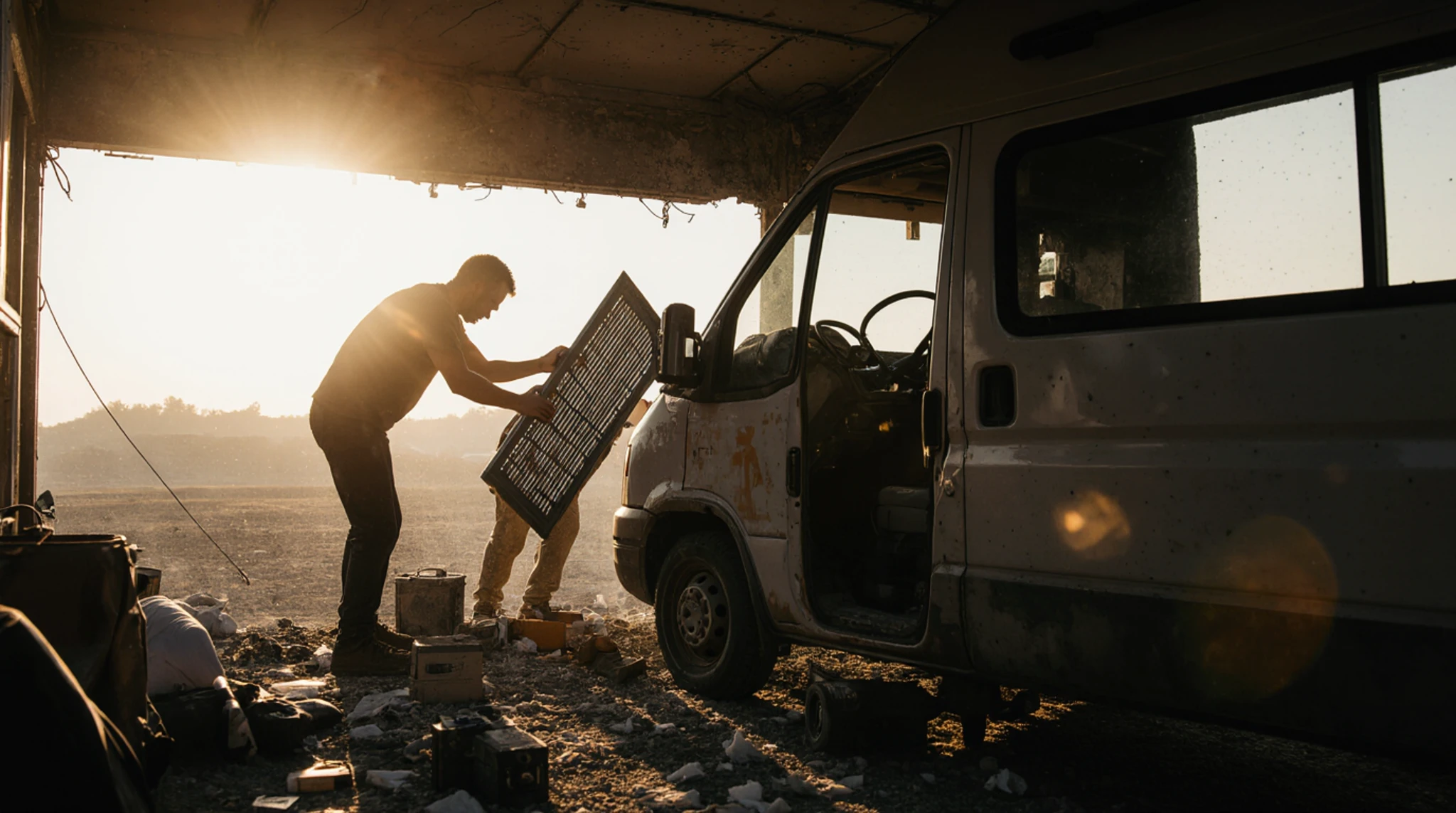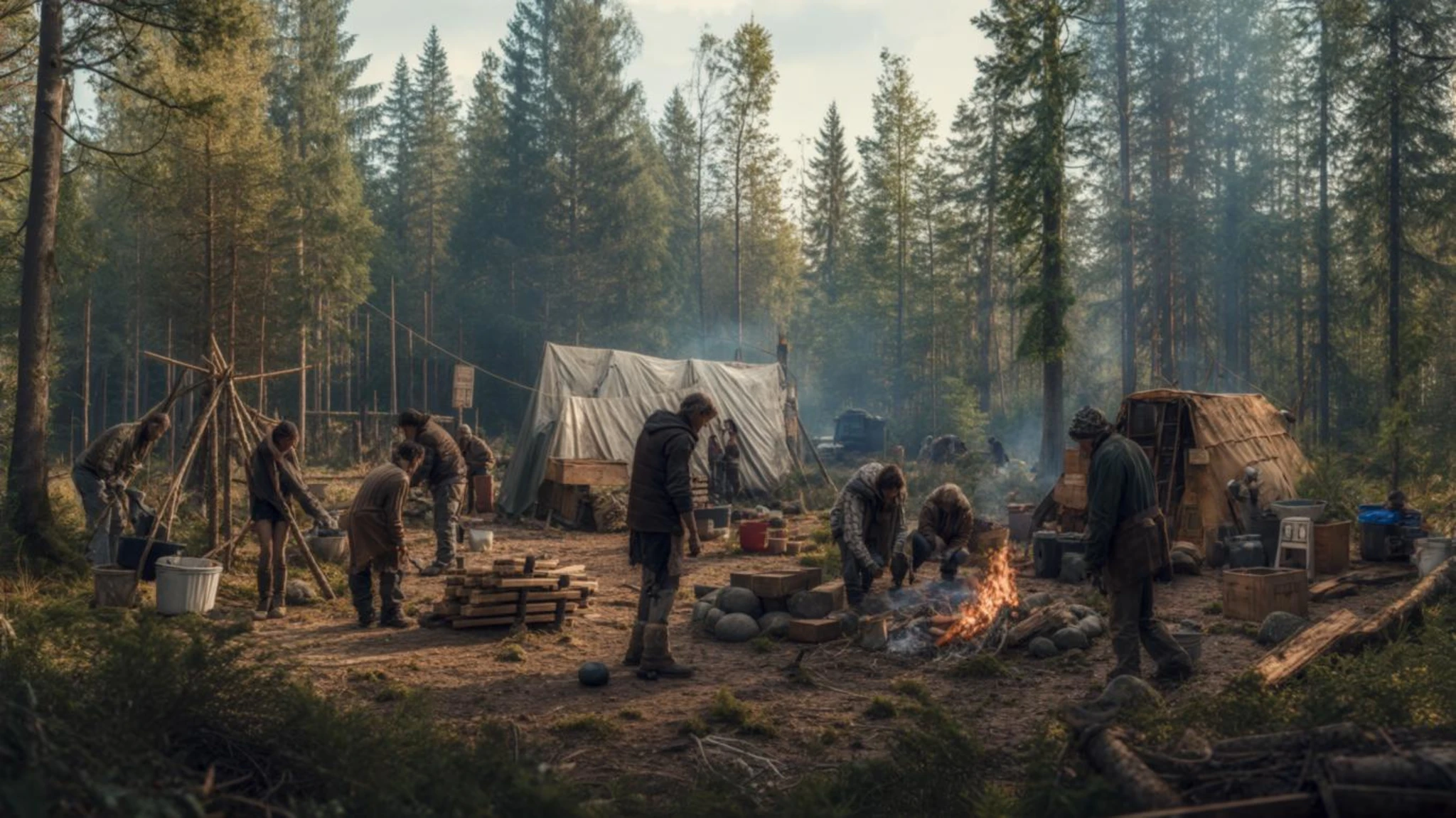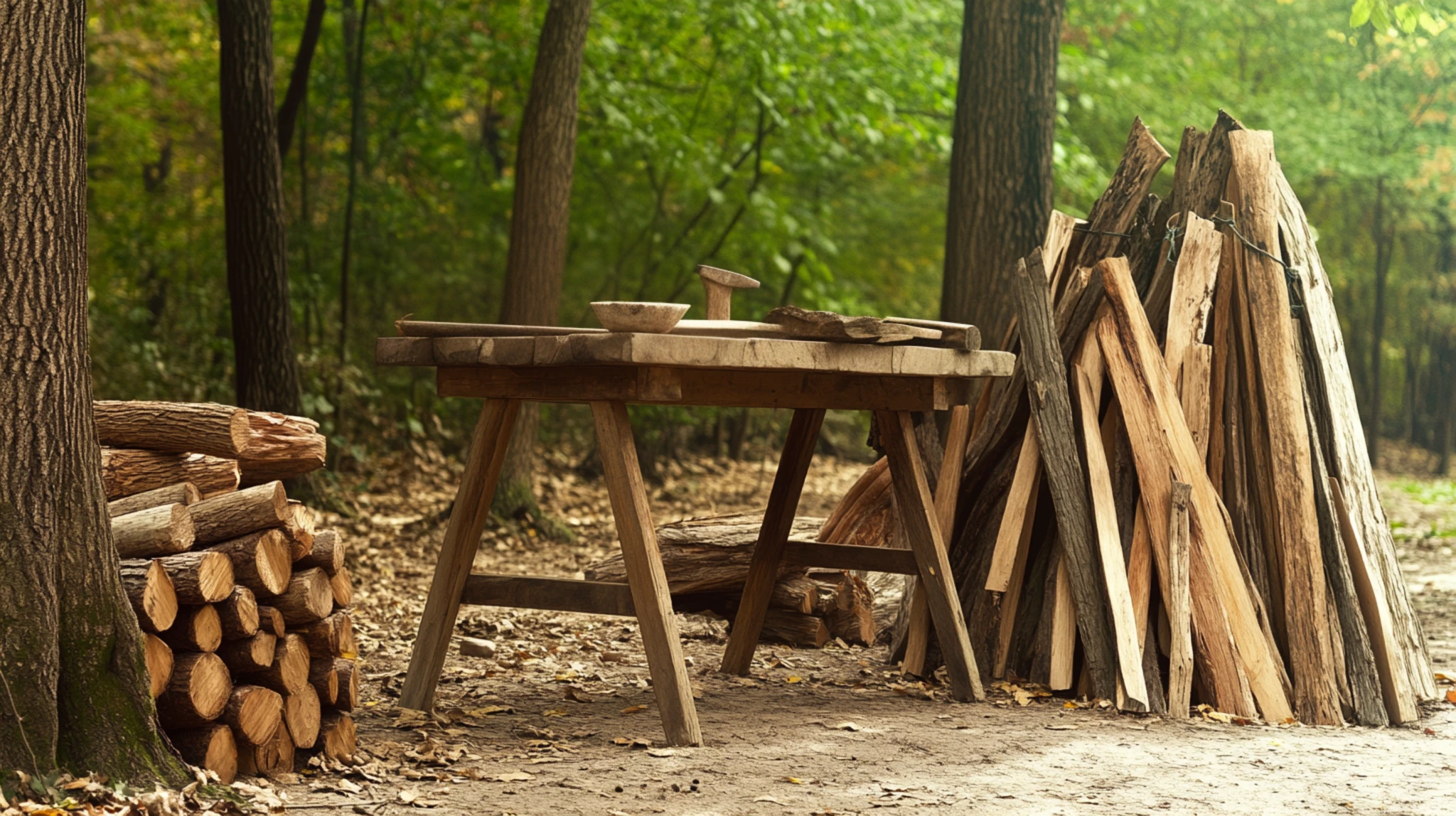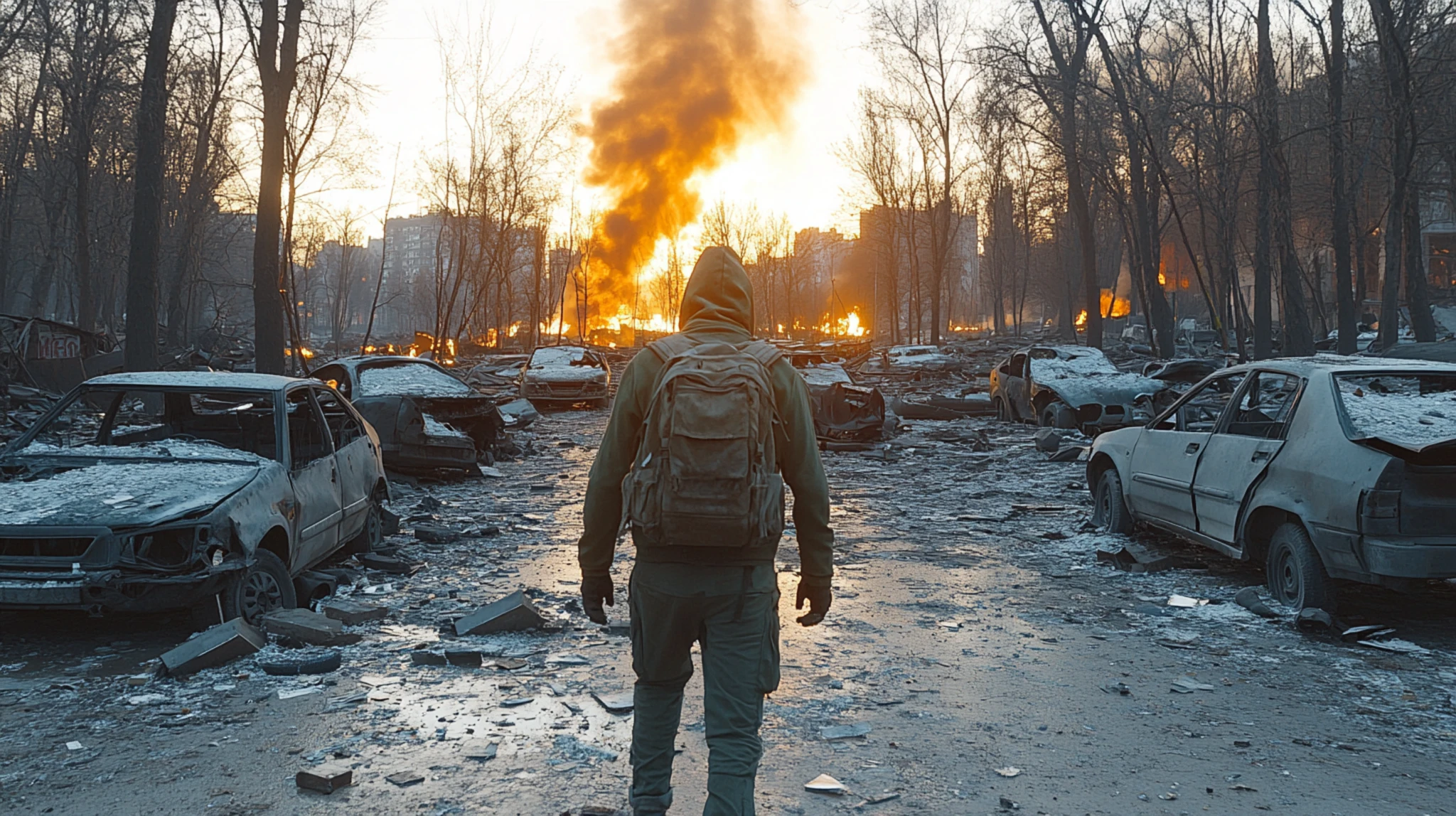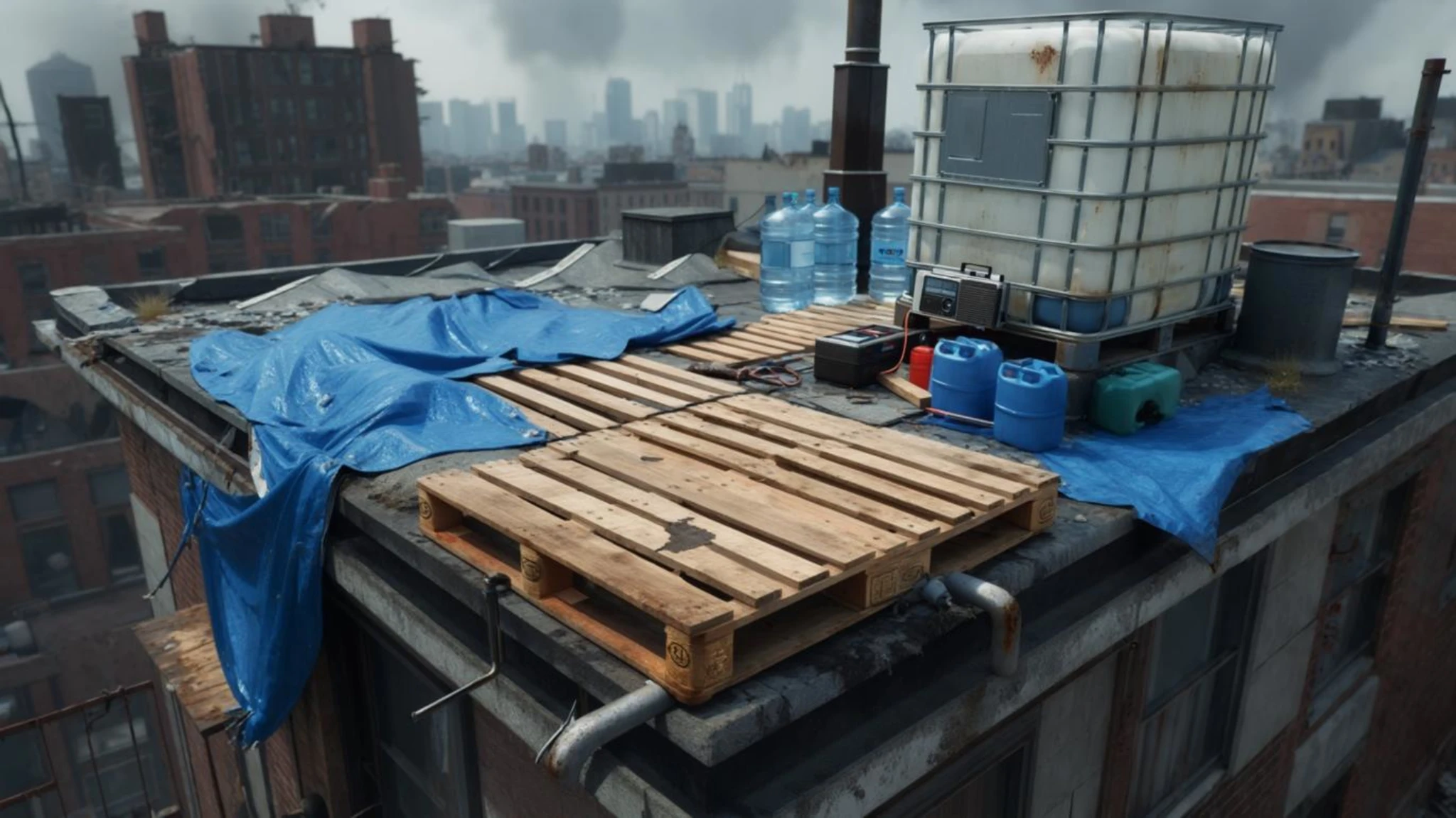
When disaster tears through a community, the first thing most people lose isn’t food or power—it’s the sense of safety that comes from having a roof over their heads. Homes collapse, shelters flood, and whole neighborhoods become uninhabitable. In the aftermath, survival hinges not just on finding t...
